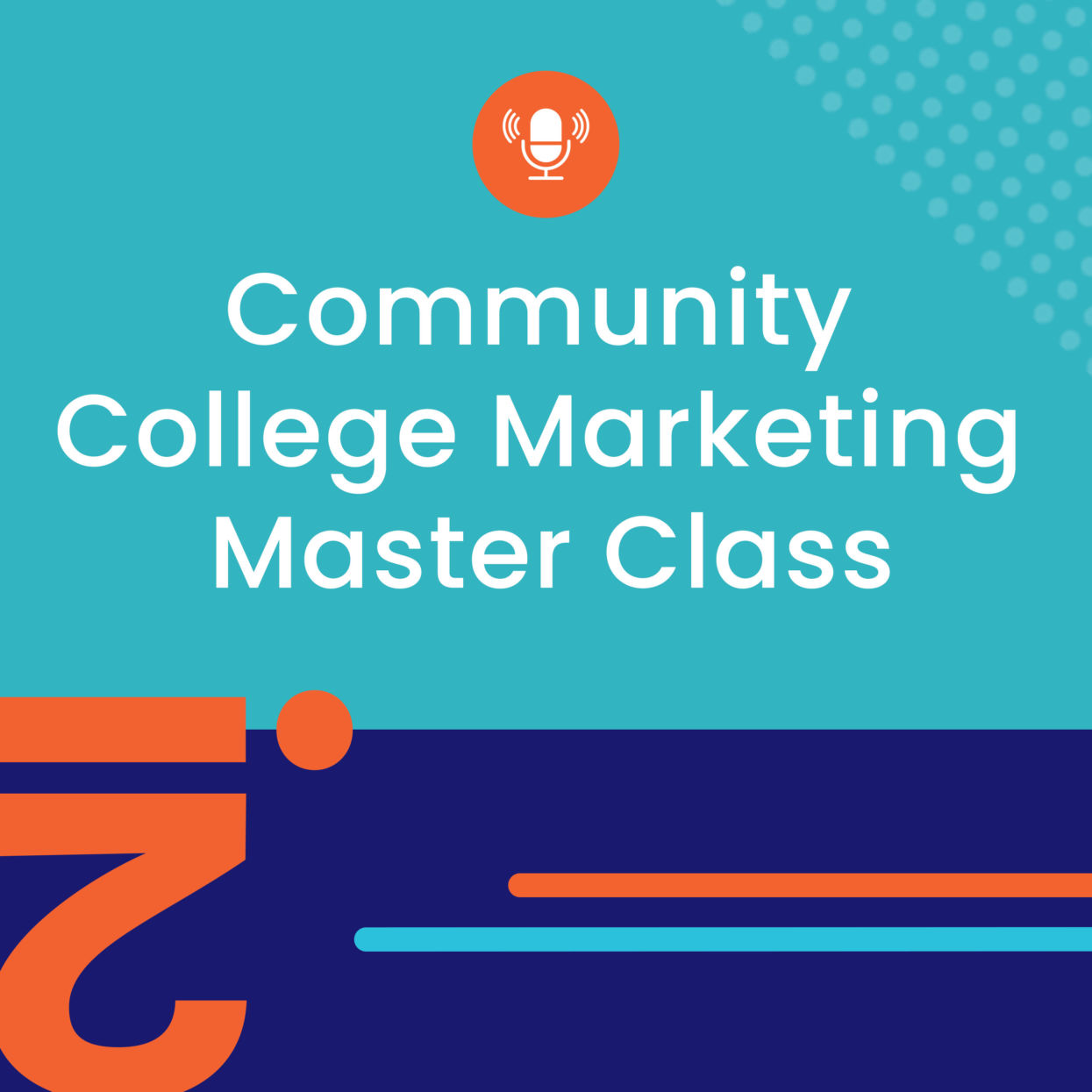Dr. Robert Gabriner, Co-Director of RP Group’s Leading from the Middle program, recently completed the first of two reports examining factors, positive and negative, surrounding the implementation of Guided Pathways (GP) reforms across the country. These reports are intended to help inform California community college leadership about the opportunities and obstacles facing institutions as they adopt GP initiatives.
As Rob Rundquist, visiting Vice Chancellor of GP, says: “Since the work of Guided Pathways implementation is comprehensive and complex, having a broad perspective of the conditions that support or hinder this work is invaluable. This article outlines key factors that will support California Community Colleges re-shape the structures and cultures of its institutions.”
The findings of the first report, titled “Factors Enabling and Constraining Implementation of Guided Pathways,” are based on 10 phone interviews with GP leaders across the country.
According to Gabriner, unlike many other states, California has a state legislature and governor that has demonstrated a strong commitment to the GP reforms. Still, California, has some major obstacles, including: a community college governance system with academic and union leaders that are often wary of change; complex relations with high schools, transfer institutions, and community stakeholders; and exhaustion among early adopter faculty.
In response to these challenges, Gabriner’s report outlines several practices California should continue to leverage, such as: including academic and union leadership in pathway planning; actively addressing stakeholder concerns throughout the implementation process; developing a cohort-based training program for all colleges; recruiting early adopter faculty and staff into leadership roles; and developing trustee and executive-level training programs on GP.
Gabriner’s second report is currently being completed, and will address questions and concerns raised in the first report.



